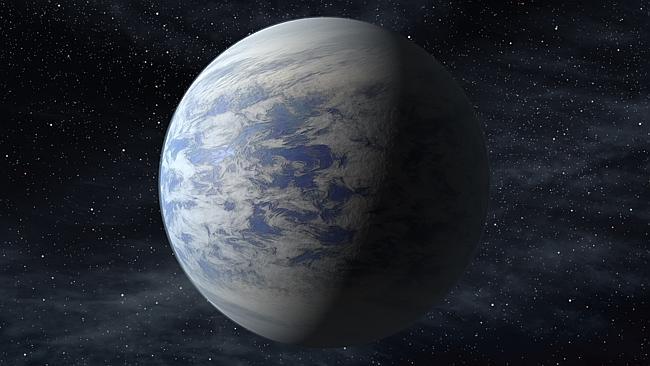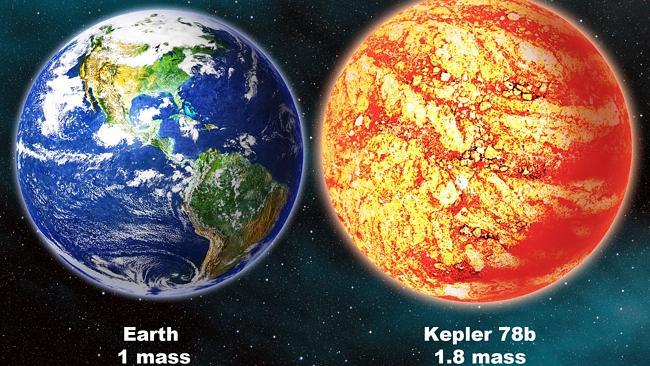Planetary surveys prompt astronomers to declare were are but one of a billion Earth-like planets in galaxy
ASTRONOMERS have declared there is likely to be two billion Earth-like planets in the Milky Way. And the nearest is likely to be 'merely' 12 light years away.
World
Don't miss out on the headlines from World. Followed categories will be added to My News.
ASTRONOMERS have declared there is likely to be two billion Earth-like planets in the Milky Way. And the nearest is likely to be 'merely' 12 light years away.
As many as one in five Sun-like stars may have a planet the size of Earth, the research says.
And chances are they sit neatly inside the "Goldilocks Zone" in which liquid water - and therefore life - can form.
The research by US astronomers is based on a new analysis of findings from NASA's Kepler space observatory and appears in the Proceedings of the National Academy of Sciences.
Ten newly discovered planets are close to Earth-sized and in the habitable zone of their stars, meaning they orbit at a distance that is not too hot or too cold to support life, Kepler scientists told reporters.
There are about two dozen planets in total that may be a suitable distance from their suns so that their oceans would neither boil nor freeze, said Bill Borucki, Kepler science principal investigator.

If they have oceans, that is.
The Kepler mission stops short of delivering on key details in the hunt for life on other planets, such as the whether these planets have an atmosphere, oxygen or liquid water to support life.
Still, astronomers say the latest Kepler findings are a key milestone in the search for extraterrestrial life, and that more advanced technology in the future may answer more questions.
``We have lots of missions to consider in the future. I think some of those, which are already pushing technology, are likely to be done by our children or grandchildren,'' said Borucki.
The Kepler mission launched in 2009 on a search for planets outside the solar system that may orbit at a distance from their host stars that could allow life to exist.
A total of 3538 planet candidates have been found so far, with astronomers observing them as distant spots of light called transits, or passages in front of their stars that cause dimming.
Astronomers have found 833 new planet candidates using the first three years of a total of four years of Kepler data.

After analysing the first two years of data, the team had found a total of 351 Earth-sized planets. Now, they have found 647.
Just 104 are in the habitable zone, however, and of those, about 10 are believed to be potentially rocky like Earth, scientists told reporters.
Astronomers also made some calculations to project how many of the 100 billion stars in our galaxy have potentially habitable planets.
``You can think of it like we are taking a census of extrasolar planets but not everyone is answering the door,'' said Erik Petigura, a University of California, Berkeley graduate student.
###


